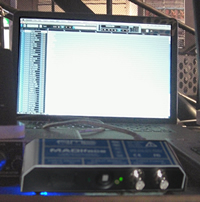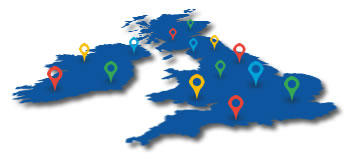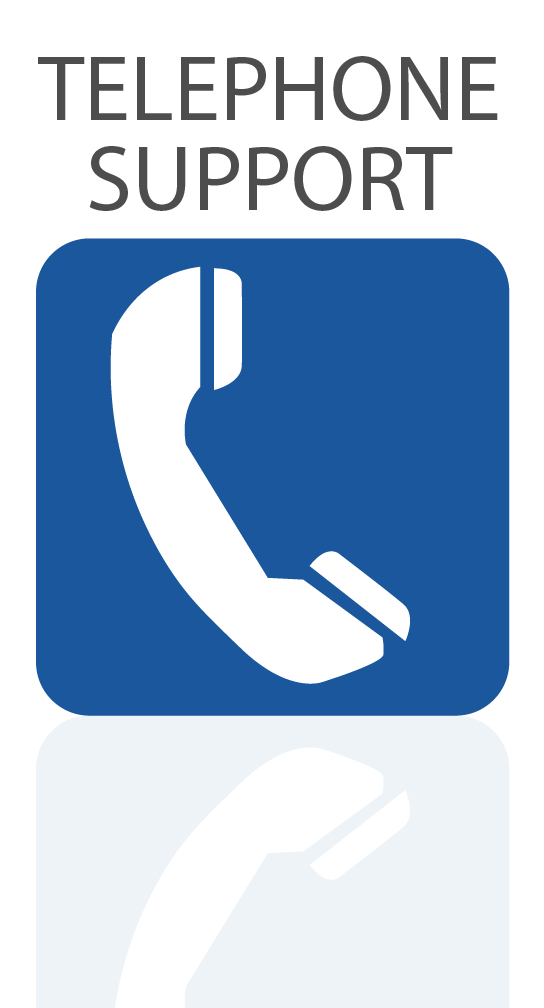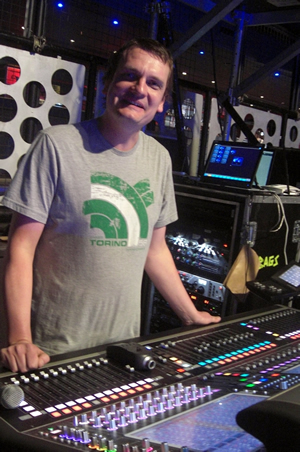Front of house engineer, Paul Ramsay was featured on our site a while back with the RME MADIBridge and HDSP MADI PCI (an obsolete product, replaced by the RME HDSPe MADI) cards with “The Who”. You will also find Paul at the FOH helm for artistes such as Annie Lennox and on the new Skunk Anansie tour. But he is presently touring with Doves on their “Kingdom of Rust” tour for which he is using and singing the praises of the new RME MADIface.
We caught up with Paul at the Academy in Bristol to find out more.
How do you use the MADIface?
“I basically use the RME MADIface through a Digico SD7 desk and a Mac G4 Powerbook and multitrack every show. We archive the shows for the bands reference and possible future b-sides and live albums. Also, the band doesn’t sound-check anymore, so I use the recordings coming back from my Powerbook and RME MADIface for virtual sound-checks. “
Do you think that virtual sound-checks are more common now?
“Yes, I think a lot more engineers are picking up on it now, it really can make life easier and more convenient for the band and the engineer. For me, I have been virtual sound-checking since I first got the RME PCI card versions which were loaded into a desk top. But with the RME MADIface, it is even easier to take around and to move between bands. For example on this tour, I had no production rehearsals, so I had a flat SD7 and spent the first sound-check setting up and then recorded the show. The next day in sound-check and using what I had recorded the night before, I was able to sit down and take my time and set up snapshots etc.”
“Virtual sound-checking was something you dreamed of for years in the analogue world. Of course, sound-checking bands never play as hard, have the momentum or adrenalin that they have during a live performance, and they get bored fairly quickly too. So, it is almost more beneficial to sound check using the actual show files as they are playing at full tilt, and I can sit and twiddle for as long is actually needed.”
Watch the interview with Paul Ramsay
See more videos at Synthax TV
Are there any further advantages for the band like archiving shows for future release?
“Yes, I presented the idea to the band (Doves) and they were blown away by the thought that this little box (RME MADIface) could record 56 tracks and that all we are effectively using is hard drive space. In fact, we have just bought a 7200 (rpm) terabyte hard drive for less than £150 and we are using about 30Gb per show, which gives us safely between 25 and 30 odd shows. And the band for example, could delete shows that they were unhappy with freeing up more space.”

The RME MADIface USB has helped to streamline Paul’s workflow and allowed him to perform “virtual soundchecks”
“There is no guarantee that any product will come out, but it does give the band or the record company the option. The problem is that you can’t have a mobile studio at every gig, but you can have the MADIface, and you may just capture that one amazing performance that they want to use or keep. Even if you get just one song at the end of the tour that you use as a B-side, then it has easily paid for itself.”
Pre RME MADIface, what did you use for recording with “The Who”?
“Well, we use to use 2 Radar machines which gave us 48 channels. Back in the analogue days, I took direct outs from every channel into the Radars and would have them front-of-house, and then sort of have to touch up the gain as we went along during the show. One of the main problems was that they took up 2 x 15u of space, which was too big really. And in fairness, we just run out of channels because it was only 48 tracks, so we started discussing a third Radar. But the problem wasn’t just space, we still had to spend hours backing up the files to AIT, and even later when Radar allowed you to export files to a computer, it would still take a fair amount of time. There was also the time taken on setting the system up (and down), because we had hook up an additional 48 cables from desk to Radar. I think that was when we started we started looking at RME.”
“This was before the MADIface, so we used 2 x HDSP MADI Cards in a power PC which gave us a much higher track count (up to 128 channels), actually I think we used about 70 channels or so, but in Australia we used the same cards in a G5 and it worked just as well. As well as sounding great, it was so convenient, because there are only a couple connections (optical or BNC), With a push of a button I am able to go from live record mode to virtual sound check, and then back again to record.”
Do you make use of the RME TotalMix software?
“Because it is a matrix, I just have it set up on a one-to-one patch directly into (Steinberg) Nuendo. I just hit record and playback really, I just use it as a glorified tape machine. I know there is so much you can do with the plug-ins and routing, but I just need it to playback as it was recorded.”
Useful links relating to this feature…






















